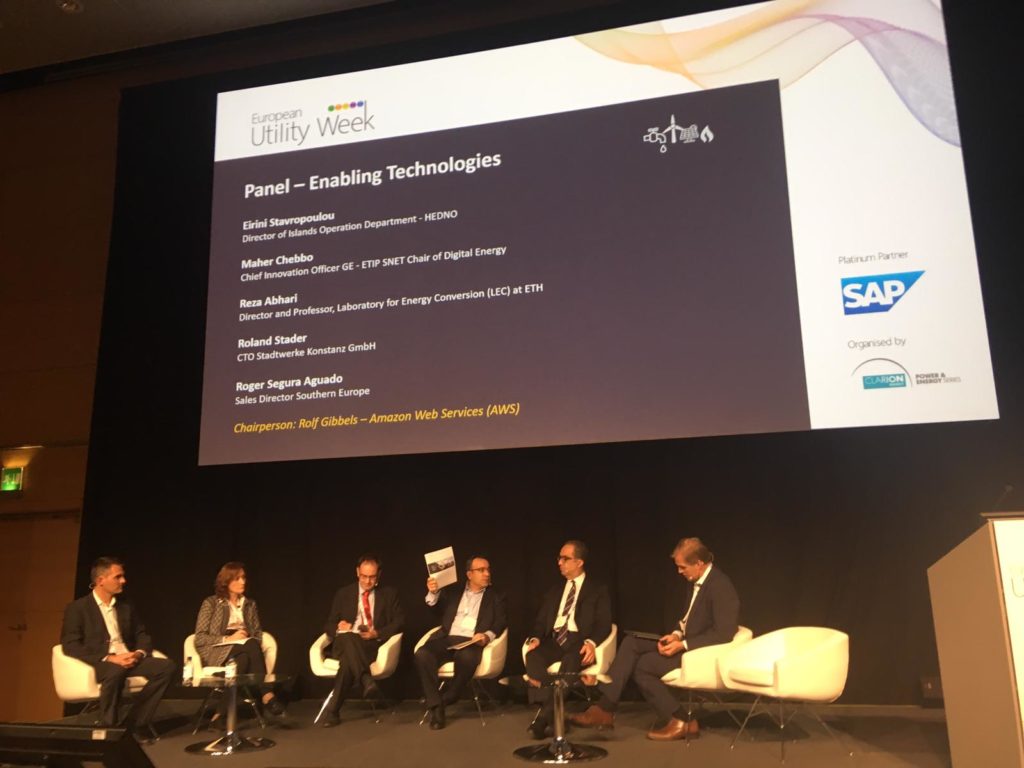
The ETIP SNET WG4 – Digitalization of the Energy System and Customer Participation, has released a report on how to address the use and impact of Information and Communication technologies as a pervasive tool along the entire value chain of power generation, transportation and use, as well as the enabling of customer participation
During European Utility Week 2018 – a landmark event in Europe for the entire smart utility sector, members of the ETIP SNET Working Group on Digital Energy (WG4) have released a summary of the originally published 180 page technical paper on: “Digitalization of the Electricity System and Customer Participation: description and recommendations of Technologies, Use Cases and Cybersecurity”.
The short version of the above-mentioned paper is aimed at policy makers and energy stakeholders at large and includes recommendations on how to digitalise the energy system and promote the consumer as a central actor in the energy system:
“This is a wonderful example of 60 European experts representing major stakeholders coming together to predict the digital energy world of the future, the priorities and recommendations in technologies, use cases and Cybersecurity. We will always focus on digital as an enabler to innovate in digital value added services. Customer centric Benefits will be always driving the digitalization of Europe” said Maher Chebbo, ETIP SNET Vice Chair and Chair of the Digital Energy WG4.
The newly released recommendations are also aligned with ETIP SNET’s broader scope presented earlier this year in the Vision 2050 special report, which aims for a:
A low-carbon, secure, reliable, resilient, accessible, cost-efficient, and market-based pan-European integrated energy system supplying the entire society and paving the way for a fully carbon-neutral circular economy by the year 2050, while maintaining and extending global industrial leadership in energy systems during the energy transition.
You may find the report summary available to download at /publications/etip-publications/
< Back to all entries
